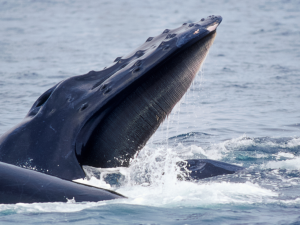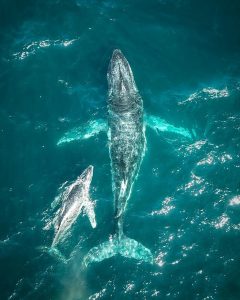Shipping is one of the main threats faced by marine mammals, specifically in the form of ship strikes, as well as through noise and chemical pollution. The underwater noise created by ships is significant. At normal cruising, propellers produce low frequency noise – which can be as high 190 decibels, much louder than a jet engine – able to travel further through water than air.
Marine Protected Areas (MPAs) are an effective tool in achieving long-term conservation of biodiversity. However, when it comes to shipping, the relatively little research available on how vessel traffic is being monitored to ensure compliance with specific management measures or how effective the implemented measures actually are, hinder the overall effectiveness of MPAs.

A recent report of Australia’s MPAs found that half the country’s MPAs are exposed to “moderate rates” of shipping exposure, more than 90 vessels per year, with 18% of MPAs currently exposed to “high rates” of shipping which involves more than 365 vessels each year. Similarly, studies conducted by WWF Canada found that the country’s existing marine protections do not adequately mitigate the impacts of shipping, leaving marine mammals vulnerable to ship strikes, underwater noise and pollution.
Findings like these highlight the urgent need for conservation measures to effectively manage shipping within MPAs. Speed reductions and rerouting are some of the most common and successful strategies used to mitigate the risk of vessel strikes, noise and chemical pollution for marine mammals. With increased understanding and awareness of the threat posed by shipping, and MPAs provided with the adequate resources and tools, examples from around the world show that the threat posed by shipping to marine mammals as well as other biodiversity can be successfully mitigated.
Source: Cosmos – News – 29th November 2022; Original Report – 28th November 2022
More resources and guidance on vessel strikes and noise can be found in the collision/strike and noise factsheets of the Marine Mammal Management Toolkit.








